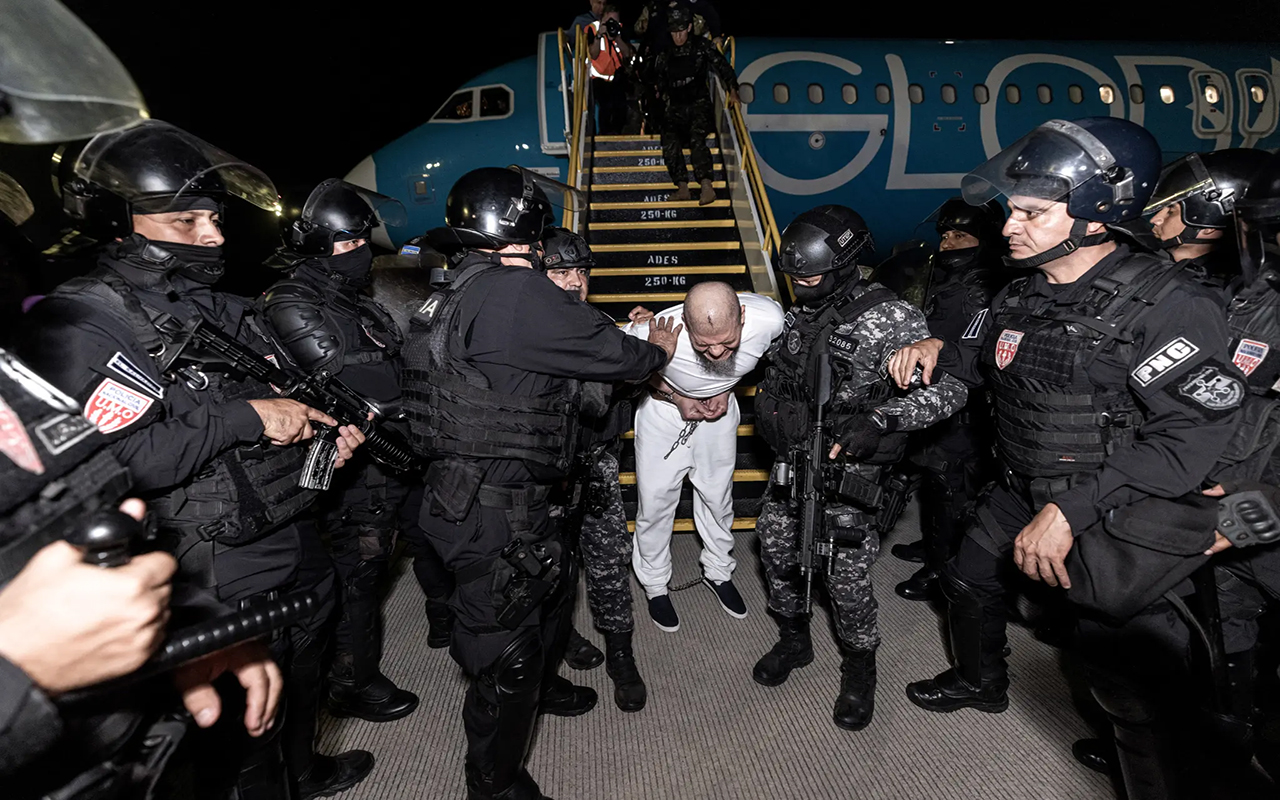
Abstention: under reported news from 2016 election
Only 55.6 percent of the country voted in the 2016 election, way lower than Canada where citizens show up the polls at 68.1% and México, at 63.1%.
Only 55.6 percent of the country voted in the 2016 election, way lower than Canada where citizens show up the polls at 68.1% and México, at 63.1%.
Amongst the more than 231 million Americans who were eligible to vote, only about 130 million of them voted for Hillary Clinton or Donald Trump, based on early projections.
These numbers indicate that only about half of the eligible voters in the United States opted to participate in the pivotal election.
A report from the United States Elections Project shows that there were 231,556,622 Americans who were eligible to vote but only 131,741,000 voted, about a 56% of the total.
This lack of engagement could be due to many factors, from poll accessibility to information regarding the voting process.
An article from Politico quoted Tom Bonier, CEO of TargetSmart, and shared his estimate that national registration had reached 200,081,377 voters by mid October.
Voter participation at the polls have consistently fallen short in comparison to the closest neighboring countries of the United States, Canada and Mexico.
Canada, for example, boasted the highest voter turnout in two decades (68.1%) and highest in North America during its 2015 election. Mexico led the United States with 63.1% of registered voters participating in the 2012 election, the highest turnout in Mexican history.
Another report from the Pew Research Center showed that of the active electorate, the demographic with the highest decline in voters, is non-Hispanic white voters. The Pew Research Center reported that 76 percent of the eligible voters who died between 2012 and 2016 were the non-Hispanic white majority.
And as this demographic dwindles, the younger generations of Americans are increasingly diverse, largely due to the high increase of the Latino population within the United States. In fact estimates show that ethnic minorities account for 43% of the new eligible voters born in the US that turned 18.

Latino Voters Make Significant Jump in Eligible Voters
As Donald J. Trump won the Presidential election, many are wondering whether the voter turnout reflects the full population of voters in the 2016 election.
The Latino vote, the voting block many Democrats were relying on to help win Clinton the presidential seat, only gave the nominee 65 percent of the popular vote, according to some projections.
While in 2012 only 129.1 million votes were cast, of the 231 million adult electorate, the numbers in the 2016 election remain similar despite a spike in eligible Latino voters as well as other demographics. The increasing Latino population that continues to rise in swing states was expected to be the demographic that determined the outcome of the 2016 election.
RELATED CONTENT
Though Latinos did make up a larger share of voters in 2016, up to 11 percent from the 2012 election, where it stood at 10 percent. That is 4 million more eligible votes than last year.
Despite these numbers, the large numbers that the Democratic party was looking for did not show, though they did increase significantly. As the Latino vote was the demographic that the Clinton camp relied on the most in many pivotal swing states such as Florida, Pennsylvania, Colorado and Nevada. And though the numbers were not what they expected, the Latino voters helped to keep the states of Colorado and Nevada blue and states like Florida and Pennsylvania in much closer margins.
In fact, even for states that have been consistently red, such as Texas, the margins were much closer thanks to the increasing Latino population and overall change in demographics.
Engaging the electorate
The numbers of actual votes cast do not as much indicate a Latino electorate that is not Democratic, as much as it indicates that the political strategies of the candidates must be engaging enough to ensure voter turnout.
One example of this done correctly is the election of Catherine Cortez Masto to the Senate in Nevada. Not only was she a qualified candidate, she worked with local worker’s unions, and actively approach the electorate population.
One organizer in Philadelphia stated that it is not only up to the politicians to engage with and educate the public, it is up to the activists and community leaders to engage the electorate about the importance of voting and the electoral process.
“We have to educate the community on political science, how the system works, why you need to vote, not specifically who to vote for. And specifically, when to vote, how many times you vote within the city over the years, especially explain to them how the electoral college works in comparison to their vote, and that’s the kind of information we are providing. To really inform the voter, the educated voter so they can vote more wisely when they cast it,” Reverend Roberto Luis Lugo, stated.
Millennials as the new hope for the Democratic Party
10% of the electorate in this election according to CNN exit polls were the millennials. These individuals, 18 to 24, voted for Clinton at 56% giving her a little less than two thirds of the votes in this election. However, if you map the country as a whole, indicating only the votes of those 18-24, you will see that most states in the country would turn blue for the Democratic vote.
Though Obama was able to engage the youth of the electorate at staggering numbers in 2012 and 2008, with Obama receiving 71% against Romney in 2012 and Hillary receiving only 56% according to the exit polls.
“I just want to see more people mobilized and engaged long-term in the political process,” Hannah, 19, a participant in an Anti-Trump protest on Wednesday said.
“There seems to be a divide across the country, race, gender, orientation, even by age, it just feels like we don’t understand each other,” Hannah continued, as a student at the Community College of Philadelphia, and first time voter, she said she hoped that the country could come together, especially as she worried about keeping her benefits from Obamacare and other government assistance programs.










LEAVE A COMMENT: